#Historical painters
Explore tagged Tumblr posts
Text

more Van Gogh art for the night☆
#my art#Rpf#vincent van gogh#van gogh#sunflower#historical painters#my son <3#How do you draw sunflowers??#clone high
61 notes
·
View notes
Text

Judith Beheading Holofernes
— by Artemisia Gentileschi
#art#artist#artblr#painting#oil on canvas#oil painting#paintings#dark academia#italian painter#italy#aesthetic#artists#art community#fine art#art history#historical painting#goth#gothic#macabre#female rage#horror#gothcore#art gallery#art blog#classical art#classic academic#witch#witchblr#witchcore#historical art
4K notes
·
View notes
Text
Angelica Kauffman | Shedding Light to Women in Art

View On WordPress
#Angelica Kauffman#art#Art appreciation#Art exhibitions#art history#Art museums#Artistic achievements#Artistic influences#Artistic inspiration#Artistic legacy#Artistic style#equality#European artists#Gender equality#Historical painters#history#inspiration#museum#museums#Mythological art#Neoclassical art#painting#Portrait painting#women artists#Women in art#women painters#Women&039;s empowerment
1 note
·
View note
Text

~ John Lavery, Hazel in Rose and Grey (1922)
via fineartamerica.com
#john lavery#painting#fine art#old paintings#art history#portrait#portrait painting#20th century art#20th century painting#irish painting#irish art#irish artist#irish painter#fashion in art#fashion history#historical fashion#1920s#1920s aesthetic#1920s fashion#1920s style#1920s art#roaring 20s#1922#e
587 notes
·
View notes
Text


Eduard Petrovich Hau, Interiors of the Winter Palace: The Bedchamber of Empress Alexandra Fyodorovna, 1859 & 1870, watercolor.
#eduard hau#Alexandra Feodorovna#winter palace#hermitage#watercolor#st petersburg#russian artist#russian painter#russian art#19th century#19th century art#interior#interior design#imperial russia#russian design#art#artwork#painting#art history#decor#historical design#blue#bedroom#romanov family#rococo#rococo architecture#baroque#baroque architecture
258 notes
·
View notes
Photo


Francis Bernard Dicksee, “The Two Crowns” & detail, 1900, oil on canvas. (1853 - 1928), English Victorian painter and illustrator known for his paintings of dramatic and historical literature, legends, and women portraits.
#francis bernard dicksee#the two crowns#detail#1900#oil on canvas#oil painting#painting#art#classic art#uk artist#victorian painter#historical#public domain#women#portraits
218 notes
·
View notes
Text

Under The Moonbeams
John Atkinson Grimshaw ( British, 1836–1893)
#dark academia#light academia#classical#academia aesthetic#escapism#academia#books and libraries#classic literature#books#architecture#art#painting#Under The Moonbeams#artist#painter#John Atkinson Grimshaw#british#1800s#19th century#historical#royal core#cottage core#aesthetic#academic#artistic#aesthetics#academics#mood#vibe#tumblr
142 notes
·
View notes
Text

Woman in a Riding Habit (L'Amazone), Gustave Courbet, c. 1855-59
#courbet#gustave courbet#painting#oil painting#classical art#19th century art#19th century#french art#french painter#portrait#portrait painting#the metropolitan museum of art#oil on canvas#havemeyer collection#horse riding#realism#art history#1800s#fashion#period fashion#historical fashion
81 notes
·
View notes
Text

The bridal jewelry. Venetian women in the 16th century, 1872
By Cesare Dell'acqua
#art#painting#fine art#classical art#italian art#italian artist#italian painter#oil painting#19th century art#beauty#italian#venetian#southern europe#italy#16th century#1700s#european art#dress#fashion#historical fashion#european culture#jewelry#venice
85 notes
·
View notes
Text
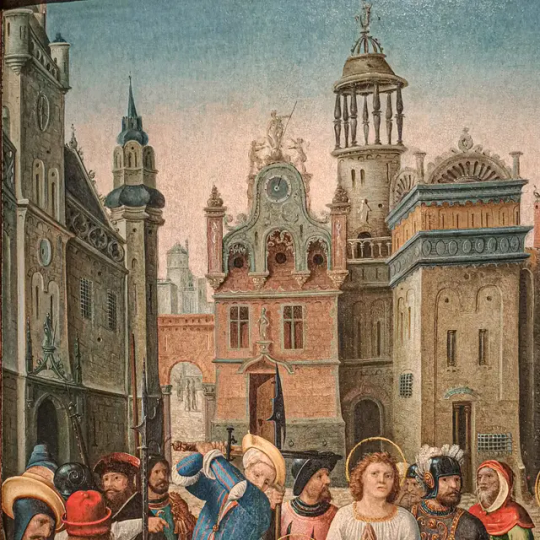
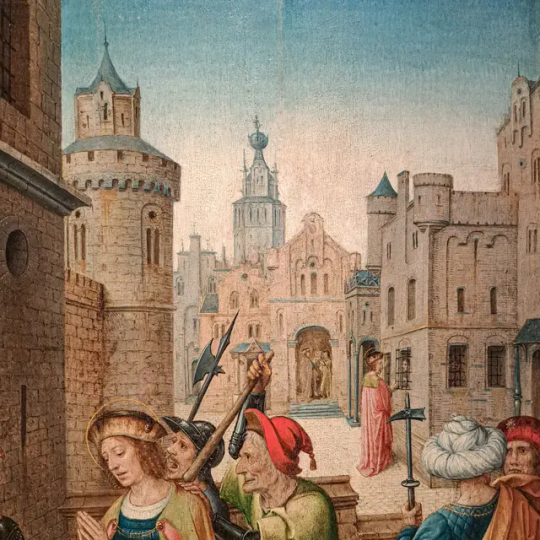
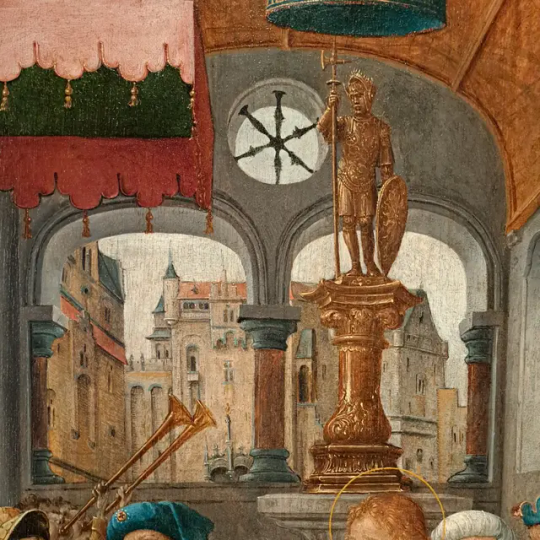

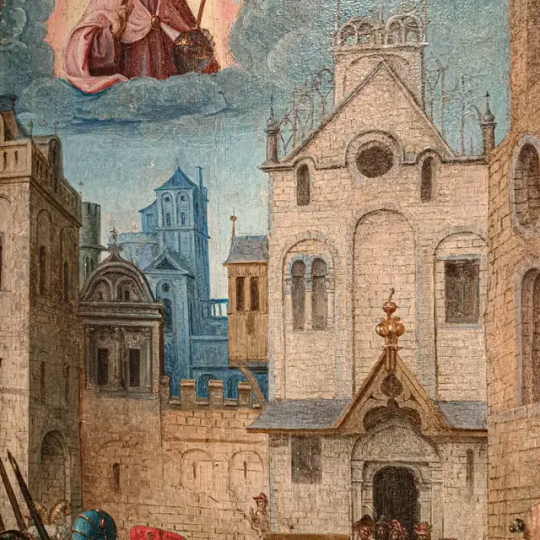
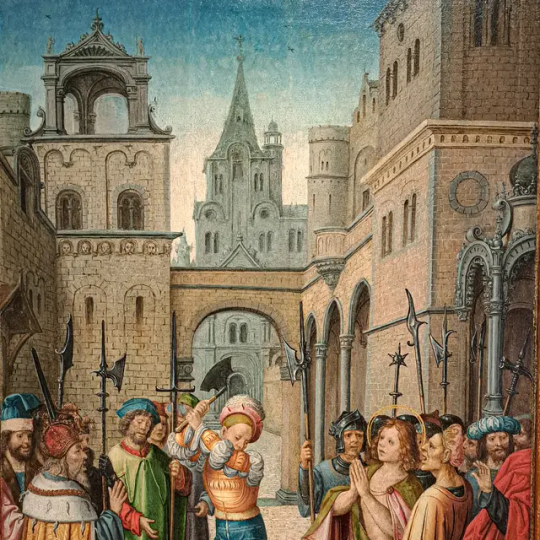
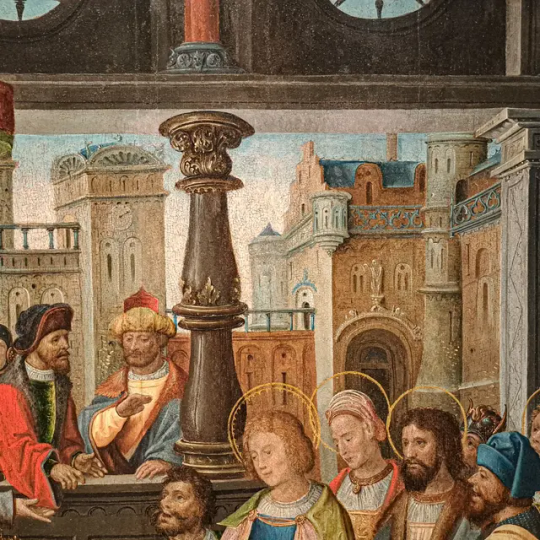
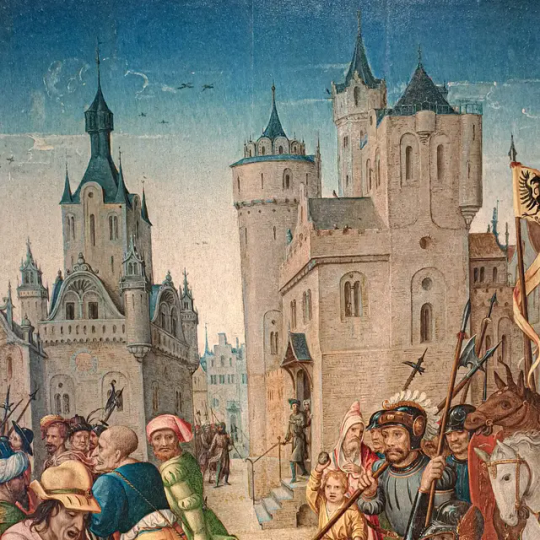
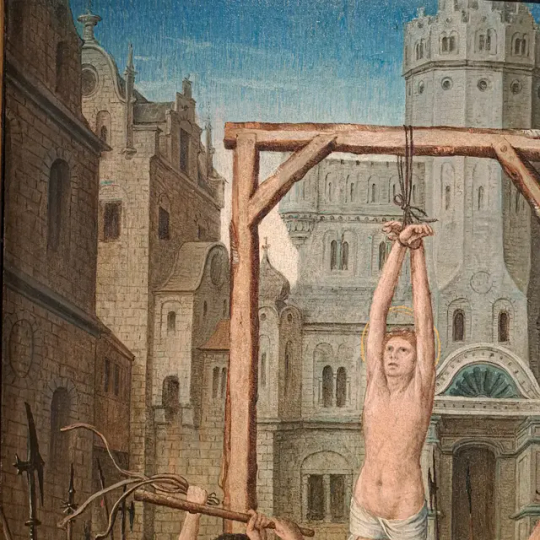
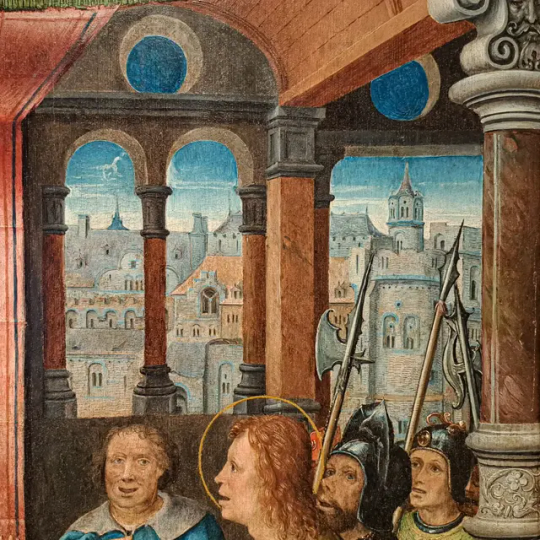
Details of architectural elements of late 15th and early 16th century flemish paintings (that were on display in museum Hof van Busleyden in Mechelen, Belgium)
The fantastical architecture blending flemish, brabantine and some northern italian features. A place where the late medieval flemish traditions and italian renaissance features meet.
As typical for flemish art; the details and backgrounds are as interesting as the subjects on the foreground.
#europe#historic buildings#architectural history#belgium#art history#flemish#flemish art#renaissance#renaissance art#renaissance architecture#flemish painter#paintings#painting#peinture#peintures#arte#artwork#art#16th century#historical interior#fine art#malerei#architecture#buildings#old building
101 notes
·
View notes
Text

Clio, Muse of History
Artist: Charles Meynier (French, 1768–1832)
Date: 1800
Medium: Oil on canvas
Collection: Cleveland Museum of Art, Cleveland, Ohio, United States
Description
Clio, the Greek muse of history, is the daughter of Zeus and Titaness Mnemosyne, the goddess of memory. Clio is depicted here writing and surrounded by objects associated with preserving the memory of historical figures and events: busts, reliefs, and sculptures. This painting belongs to a cycle of works commissioned by businessman François Boyer-Fonfréde for his home in Toulouse.
#allegorical art#painting#oil on canvas#artwork#fine art#oil painting#clio#muse of history#goddess of memory#writing#historical figures#busts#reliefs#sculptures#winged female figure#drapery#laurel wreath#stone bench#classic column#landscape#sculpture#tree#mountains#french culture#french art#charles meynier#french painter#european art#cleveland museum of art
65 notes
·
View notes
Text

The Temptation of Saint Anthony (circa 1645)
— by Salvator Rosa
#art#artist#artblr#painting#oil on canvas#oil painting#italian painter#art gallery#goth#dark academia#classic academia#classical art#gothic#gothcore#religious imagery#art community#artists#art blog#art history#historical painting#paintings#religion
343 notes
·
View notes
Text

~ Franz Ebyl, Woman in a Pink Dress (1850) (detail)
via belvedere museum vienna
#franz ebyl#fine art#painting#art history#art detail#painting detail#fashion history#historical fashion#victorian fashion#german art#german artist#german painting#german painter#victorian art#victoriana#victorian era#19th century art#mid 19th century#victorian aesthetic#pink#pink aesthetic#1850s#1850s art#1850s fashion#1850#e
119 notes
·
View notes
Text

Auguste Garneray (French, 1785-1824), An Elegant Family in a Neo-Gothic Interior, 1820, watercolor.
#Auguste Garneray#gothic#french artist#french painter#watercolor#gothic revival#troubadour#19th century#19th century art#interior#interior design#period design#nineteenth century interior#art#painting#design#french art#french design#drawing#decor#period decor#regency#regency period#french decor#architecture#decorative arts#period fashion#dogs in art#women in art#historical dress
133 notes
·
View notes
Text

Portrait of Princess Marie Luise Alexandrine of Prussia, born Princess of Saxe-Weimar-Eisenach (1808-1877)
Artist: Franz Xaver Winterhalter (German, 1805-1873)
Date: 1873
Medium: Oil on canvas
Collection: Private collection
Princess Marie of Saxe-Eisenach
Princess Marie Luise Alexandrina of Saxe-Weimar-Eisenach (3 February 1808 in Weimar – 18 January 1877 in Berlin) was a princess of Saxe-Weimar-Eisenach, by birth, and, by marriage, a princess of Prussia. She was the daughter of Charles Frederick, Grand Duke of Saxe-Weimar-Eisenach and Grand Duchess Maria Pavlovna of Russia.
#portrait#oil on canvas#painting#princes marie luise alexandrine of prussia#fine art#oil painting#artwork#princess of saxe weimar eisenach#princess of prussia#house of saxe weimar eisenach#german princess#half length#historical art#german history#wedding dress#pearl necklace#german nobility#veil#bow#german culture#german art#franz xaver winterhalter#german painter#european art#19th century painting
35 notes
·
View notes
Text

Departure for the Review, c. 1876
By Jules Worms
#art#painting#fine art#classical art#french art#french artist#french painter#oil painting#19th century art#19th century#1800s#19th century fashion#european art#historical art
38 notes
·
View notes